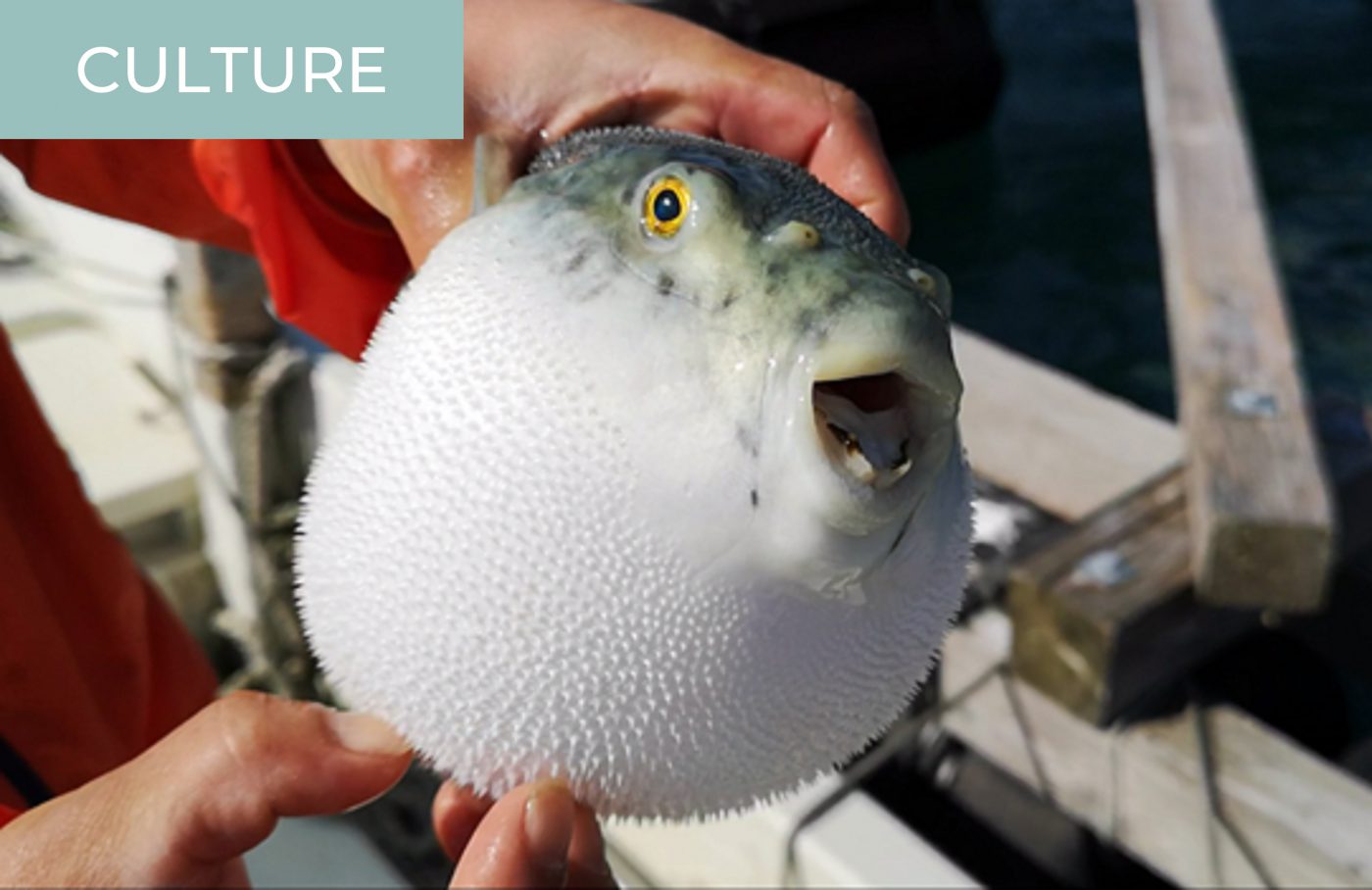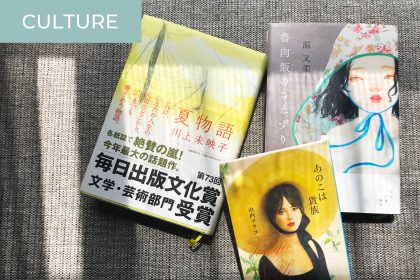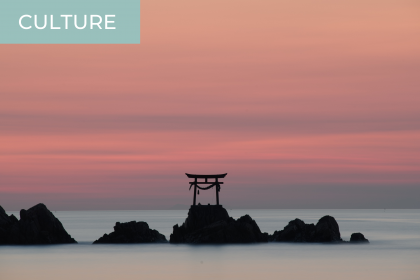For any foodie visiting Japan, eating fugu should be on their list of must-eat foods, since it’s next-to-impossible to have in other countries. Usually, that would involve a trip to an expensive, high-end restaurant. Unless you have fugu fisheries in a nearby bay, which is precisely the case for Takahama town, located on the Western coast of Japan, a couple of hours by train North of Kyoto. Numerous traditional inns and restaurants in the area serve this sought after delicacy, for a much cheaper price than in most other parts of Japan. If you stay the night, you may even be able to check out a fugu farm from close up, feed, and even feel the fugu’s puffed up underbelly.
The Poisonous Pufferfish
Fugu, also known as blowfish or pufferfish in English, has quite a bad reputation, very simply because some of its inner organs are poisonous. In the past, people have been sickened, and have even died after consuming fugu that was improperly prepared. In more recent years, fugu preparation has become very strictly controlled by law in Japan, and chefs need to train for several years before they can get a license to prepare fugu for serving to diners. As a result, the number of fugu-related incidents has dropped dramatically, and nowadays it’s said that enjoying fugu at a licensed restaurant is a risk-free experience.
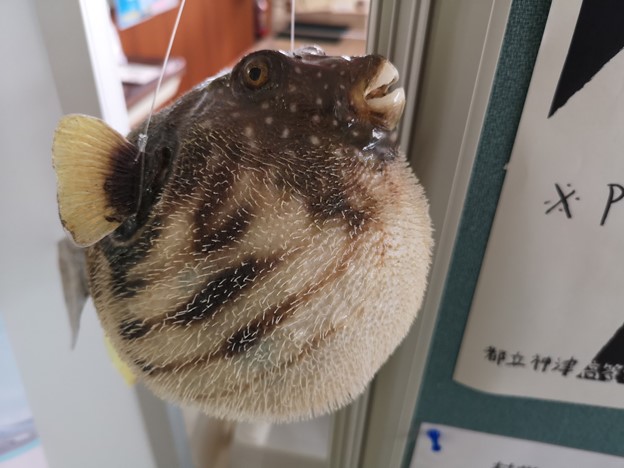
I’ve eaten many kinds of interesting dishes since I came to live in Japan, from the gross-looking monjayaki, to the not-so-appealing organs of horumonyaki. However, up till now, I had never eaten any part of the fugu fish, simply because I was afraid I could die from the experience. Even if there is only the tiniest of risks, why take it, when according to most accounts, it tastes like chicken? When I shared my concerns with my Japanese friends, they calmly reassured me, saying that nowadays nobody dies of eating fugu.
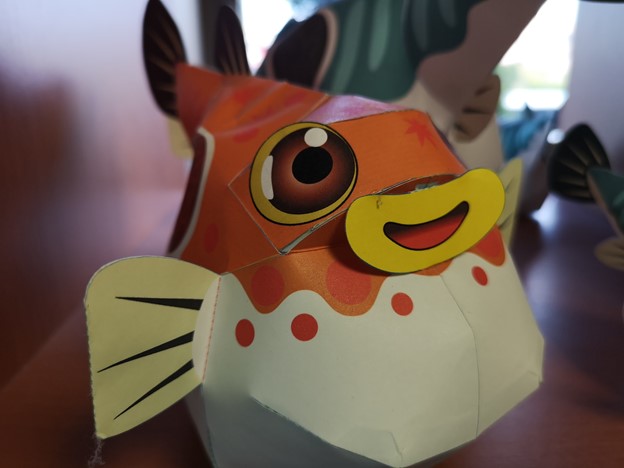
I guess what really changed my mind, was reading the book by the British food and travel writer Michael Booth called Sushi and Beyond. According to his experience, although sashimi fugu was somewhat tasteless, the deep fried version was amazing and definitely worth a try. So it was not without a certain amount of trepidation that I set out to stay one night at Yoshiko Ryokan (ryori ryokan yoshiko 料理旅館由幸), located in Hibiki village about twenty minutes from Wakasa-Takahama station by car, to try their main attraction: fugu cuisine.
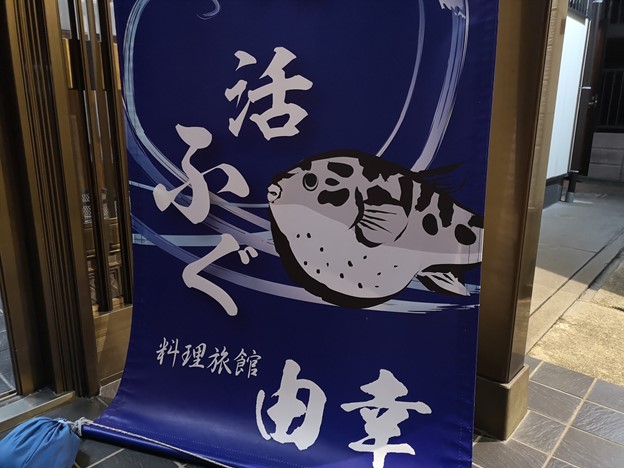
Fugu Dining Experience at a Traditional Inn
After checking into our rooms, and enjoying a nice hot bath, we gathered in the dining area on the ground floor for our fugu dining course. When we arrived in the gorgeous tatami room with beautifully painted sliding doors, the table was already covered with food. There was a big round plate of fugu sashimi in the center. Next to it was a nabe pot that would be used later to cook big chunks of fugu meat and vegetables. There was also some sashimi from other local fish and a host of small seasonal side dishes. We sat down on the floor cushions and prepared ourselves for a fugu feast.
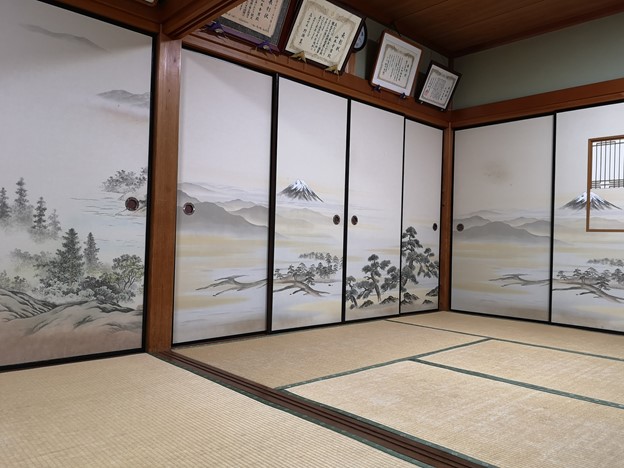
There were two ways of eating the thin translucent slices of fugu sashimi. The first was dipping them directly into ponzu sauce made spicy with chili radish and green onion. The second was to slightly broil them in the boiling water of the nabe pot, the same as shabu shabu, before dipping them in the ponzu sauce. I had a slight preference for the second, since the texture of raw fugu is somewhat rubbery, not unlike raw squid or ika. Cooking it for a few seconds made it softer and easier to chew. Later, we were served hire-zake, baked fugu fin served in a cup of slightly sweet hot sake, as well as fugu skin with a miso-based sauce.
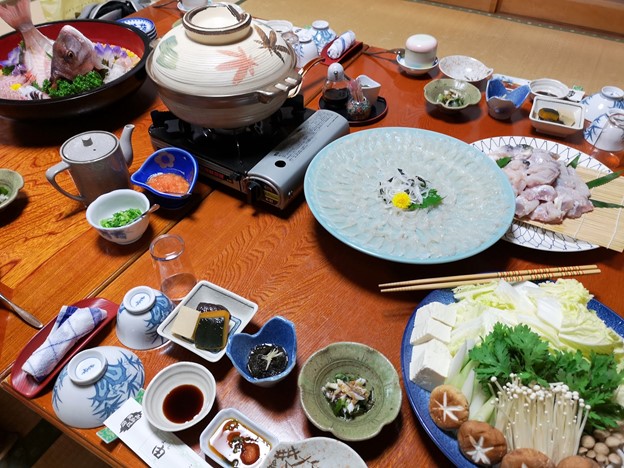
In Japan, it’s customary to use as much as possible of the fish, and I was starting to feel that we had pretty much reached the limit of what was edible and non-lethal, when I was served a pair of fugu testicles. The sperm inside is also known as soft roe and is called shirako in Japanese. I ate one out of politeness, and I had to admit it did taste good although I passed on the second one. My Japanese friends were happy to oblige – apparently it is one of the most prized parts of the fugu.
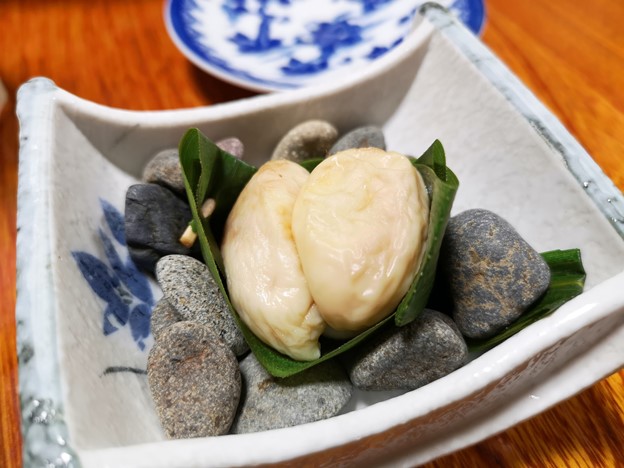
Next they brought us each the above-mentioned deep-fried fugu, called fugu karaage. One thing I didn’t know when biting hungrily into the chunky pieces was that, the meat is fried still attached to the bones. So it’s better to nibble away at the karaage as you would with a drumstick. Despite being a little tricky to eat, it tasted great. The amount of food was quite enormous, and I was starting to feel full when we finally got the nabe, or hotpot, going by adding the bigger chunks of fugu into the pot. I later asked, how much fugu had been used to make a dinner for four, and I was surprised to hear that we had eaten three whole fish!
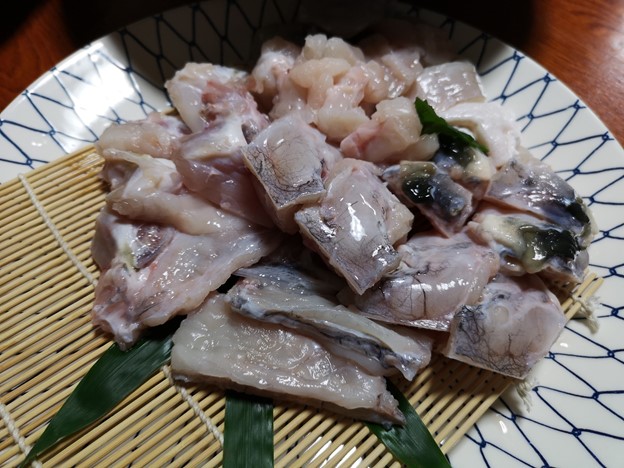
As with the karaage, the meat is attached to the bone. In Japan, food is thought to taste better that way, and that is the ideal frame of mind to adopt, when sitting down for a fugu dinner. Since I was reaching bursting point, I only had a few pieces, which as expected, tasted good without being mind-blowing. I felt I got more enjoyment and satisfaction from eating a rare and potentially dangerous dish, than from the taste itself. Nearly two hours after sitting down, we completed our meal with a small ice cream dessert, and retired to our respective rooms. After ingesting quite a lot of fugu, I didn’t experience any of the usual symptoms of being poisoned, so I considered my fugu experience a resounding success.
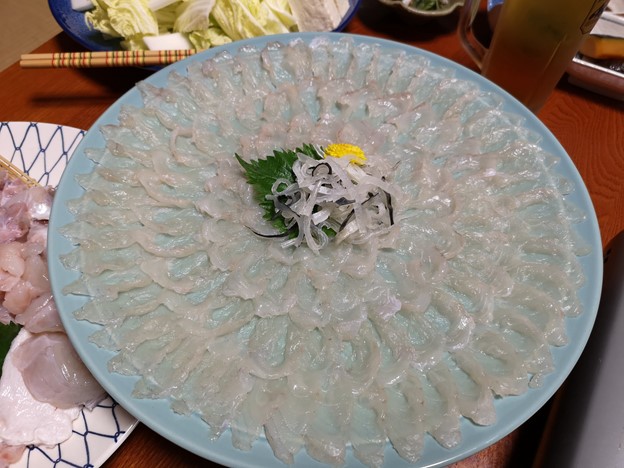
Seeing, Feeding and Touching the Blowfish
The next day, Mr. Yamamoto, the owner of the inn and who is also a local fisherman, gave us the opportunity to see the fugu fishery for ourselves. After a copious breakfast, we boarded his small fishing boat and set off under dazzling sunshine into the beautiful Uchiura bay.
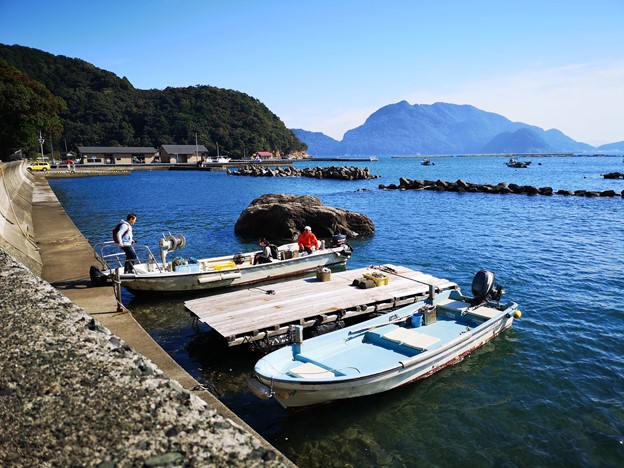
Very soon we arrived at a rectangular-shaped wooden structure covered with a tarp, the top of a floating cage, one of the many fish farms located within the bay. Inside we could see a number of indistinct forms moving around below the surface of the water.
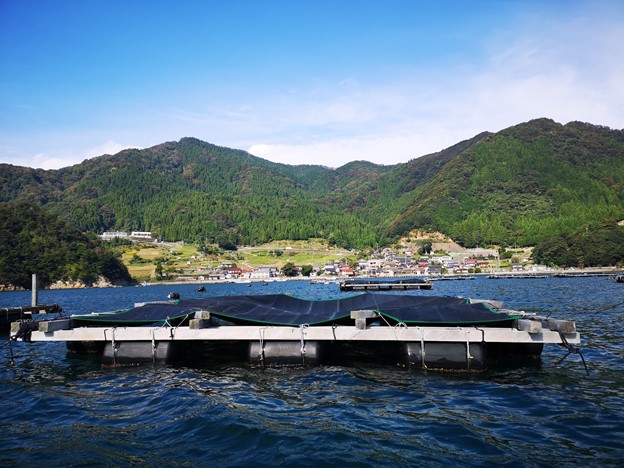
Mr, Yamamoto then tossed in a handful of small brownish pellets – fugu feed – and all of the sudden the surface of the water exploded in turmoil, as the fugu fish competed among themselves to be the first to feed on the pellets. I was handed the small shovel, so that I could throw in the feed myself. I did it diligently, trying to spread the pellets as much as possible within the floating structure, so that each fugu fish could get a bite.
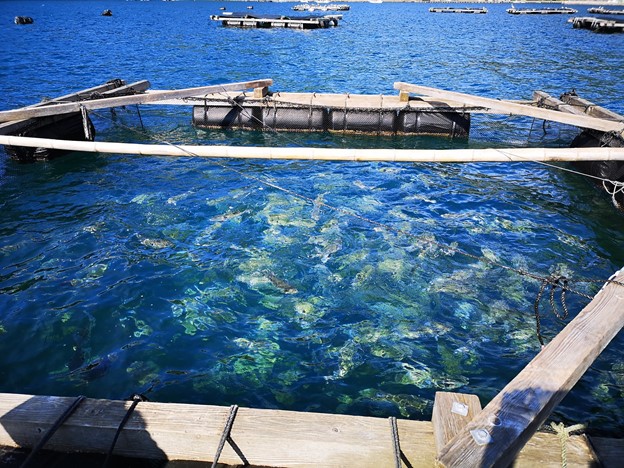
Once all the feed was used up, our host fished out one of the fugu with a fishing net, held it firmly in his hands, and proceeded to rub its belly vigorously. In no time the fugu fish had puffed up to twice its size – I had never seen anything like it! I was then asked whether I would like to touch its belly. Overcoming my fears that I was about to touch a poisonous and possibly lethal sea creature, I gave the fugu a timid belly rub. It was hard to tell whether the fish enjoyed it or was enraged by it. In case you are wondering, the fugu skin felt quite rough.
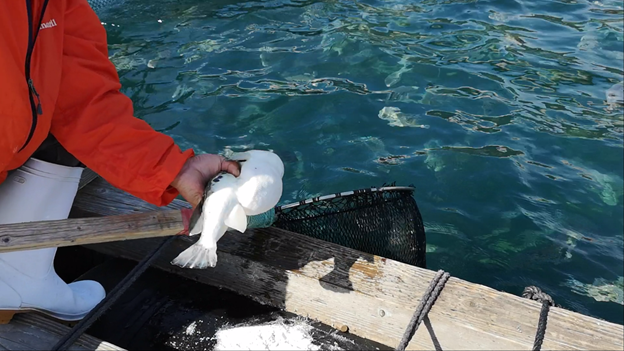
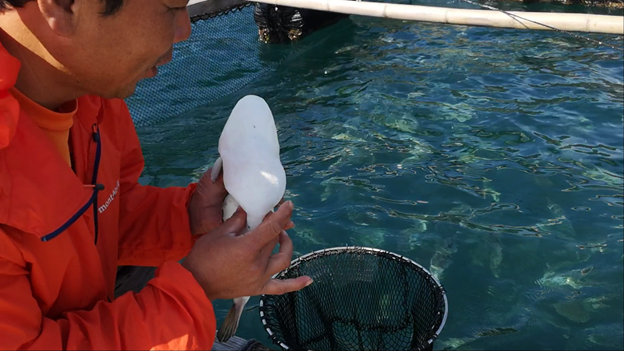
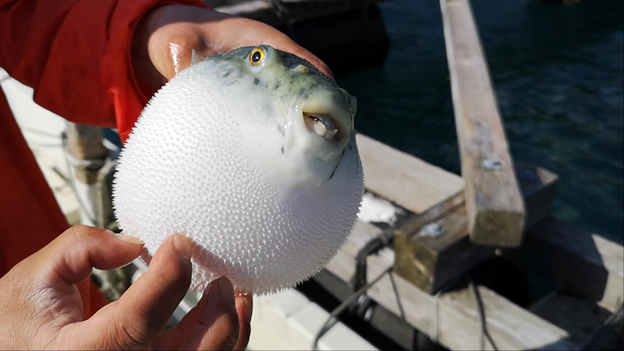
To cap off the tour, we went inside a small cave, one of many that dot the rugged coastline. I was impressed at how spacious it was inside – the roof of the cave was many meters high. Depending on the weather conditions, it’s also possible to go on a longer tour along the coast and check out various cliffs.

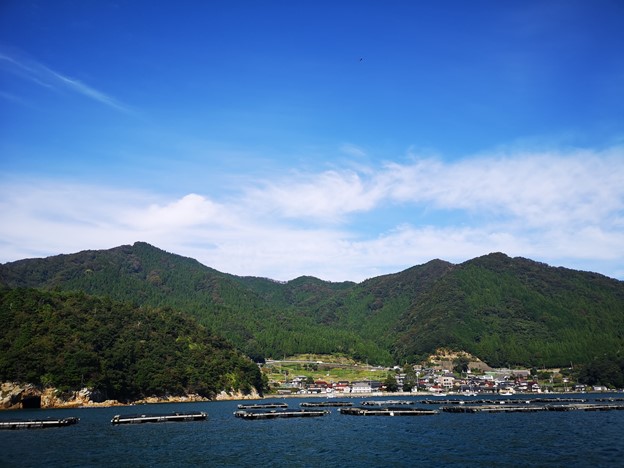
One thing I regretted not seeing was the actual preparation of the fugu. However, I later learned that it isn’t allowed for safety reasons. In addition, the fugu is prepared the day before in order to allow the meat to mature for one day. However, it is possible, on request, to see the liver or kimo, the most toxic part of the fugu, after it has been removed. Once all the toxic parts have been removed, they are placed into a special box that is locked by key, and then taken to a special location for safe disposal.
Finally, since nearly every word in Japanese can be written using kanji, you may be wondering how the word fugu is written so that you can pick it out from a sign or a menu. Actually, it is always written in hiragana ふぐ or katakana フグ – most Japanese don’t even know that in kanji it’s 河豚 which could be read as “river pig”. Why such a funny name? When “puffed”, the fugu is kind of round and fat like a pig, and apparently it also makes a piglike squealing noise. A good anecdote to share with your dining companions while eating your first and hopefully not your last fugu!

